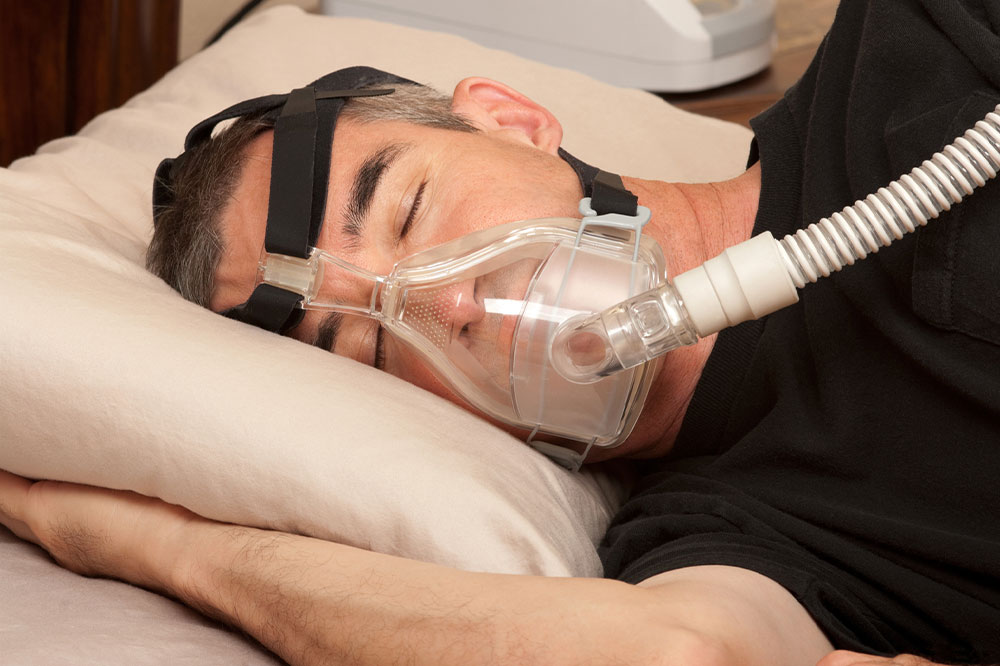
Sleep apnea – Signs, causes, and management options
Sleep apnea is a common sleep disorder that affects millions of people worldwide. It is characterized by interruptions in breathing during sleep, leading to fragmented and poor-quality sleep. This article aims to provide a comprehensive understanding of sleep apnea, including its symptoms, causes, signs, and available treatment options. If you are struggling with sleep apnea, this article will guide you through the essentials of this condition and help you make informed decisions about managing it effectively.
What is sleep apnea?
Sleep apnea is a condition marked by the repeated cessation of breathing while a person is asleep. This interruption in breathing, known as apnea, can last for a few seconds or extend to several minutes, occurring numerous times during the night. The condition encompasses three main types: obstructive sleep apnea (OSA), central sleep apnea (CSA), and complex sleep apnea syndrome (CSAS).
Signs of sleep apnea
Sleep apnea can manifest through various symptoms that often disrupt an individual’s sleep quality and overall well-being.
- Excessive daytime sleepiness and fatigue
- Loud and chronic snoring
- Gasping or choking during sleep
- Restless sleep and frequent awakenings
- Morning headaches
- Difficulty concentrating and memory problems
- Irritability and mood swings
Causes of sleep apnea
In order to diagnose and manage sleep apnea effectively, it is essential to comprehend the root causes of the condition. Sleep apnea can be attributed to various factors, which include:
- Age
Sleep apnea tends to be more prevalent among older individuals, mainly due to the natural decline in muscle tone in the throat over time. - Family history
Sleep apnea is known to have a hereditary aspect, rendering individuals with a familial background of the condition more prone to its development. - Gender
Sleep apnea tends to affect men more frequently than women; however, the risk for women increases after they undergo menopause. - Structural abnormalities
Certain physical traits, such as a deviated septum or enlarged tonsils, can contribute to sleep apnea. - Health conditions
Sleep apnea is commonly associated with conditions like hypertension, heart disease, and diabetes.
Treatment options for sleep apnea
The selection of treatment varies depending on the severity of the condition and its underlying factors. Below, we outline several commonly employed treatment options for sleep apnea:
- Continuous Positive Airway Pressure (CPAP )
Continuous Positive Airway Pressure Therapy is a method that involves placing a mask over the nose or mouth during sleep. Its purpose is to maintain an open and unobstructed airway, preventing any blockages from occurring. - Oral appliances
Custom-made oral appliances are effective tools for maintaining an open airway by adjusting the positioning of the jaw or tongue. - Lifestyle changes
Maintaining a healthy BMI, exercising regularly, avoiding sedatives, and establishing a regular sleep schedule can significantly improve sleep apnea symptoms. - Surgery
In severe cases, surgical interventions may be recommended to remove obstructions or correct structural abnormalities in the airway.
Sleep apnea is a commonly occurring sleep disorder that can have a substantial effect on a person’s quality of life. Developing a comprehensive understanding of the symptoms, causes, signs, and available treatment options for sleep apnea enables individuals to take proactive measures to effectively manage the condition. It is essential to address sleep apnea through various approaches, such as making lifestyle modifications, employing CPAP therapy, or considering surgical interventions.




